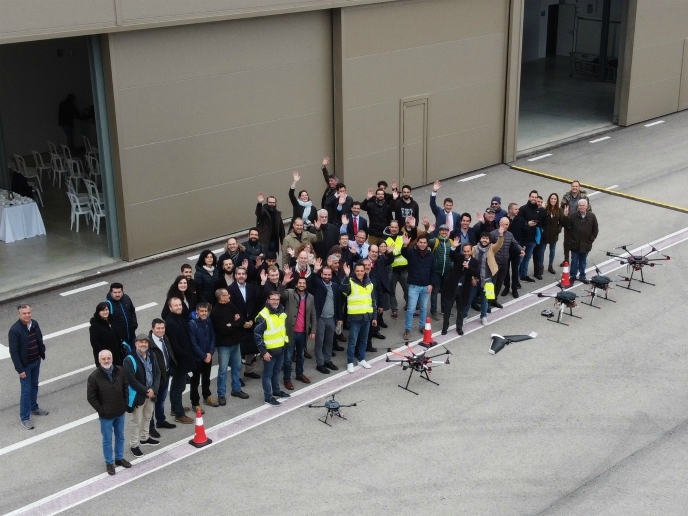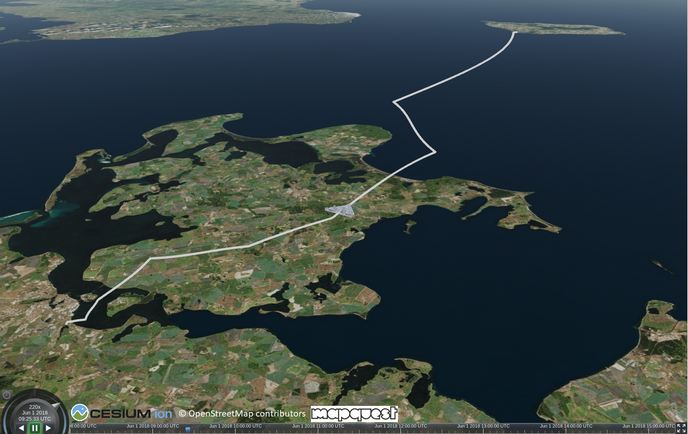Integration of drones into airspace unlocks their potential
Drones offer a wide range of applications, such as environmental monitoring and precision agriculture, but they must first be safely integrated into the airspace before their potential can be realised. U-space(opens in new window) is the European approach to the integration of large numbers of drones into the airspace, especially at very low levels (VLLs). It is based on a set of new services and specific procedures designed to support safe, efficient and secure access aligned with the U-space development plan. The EU-funded SAFEDRONE(opens in new window) project addressed this challenge by acquiring practical experience in VLL operations, using U-space services and procedures where general aviation and drones will share the airspace. The initiative was funded within the framework of the SESAR Joint Undertaking, a public-private partnership set up to modernise Europe’s air traffic management system. U-space services rely on a high level of digitalisation and automation of functions, whether they are on board the drone itself or are part of the ground-based environment. According to project coordinator Javier Barcala: “U-space provides an enabling framework to support routine drone operations, as well as a clear and effective interface to manned aviation; it is therefore not to be considered as a defined volume of airspace, which is segregated and designated for the sole use of drones.”
Flight testing
The consortium conducted a large number of experimental flight tests to provide field data that offers qualitative and quantitative information about different aspects of modelling the U-space scenarios. More specifically, the results obtained provide useful information about the miniumum separation between drones, 4G/long-term coverage at different altitudes, and the differences between several altitude sensors and procedures for performing beyond visual line of sight flights at a safe constant altitude and constant ellipsoidal flights. Researchers also conducted demonstrations that focused on the validation of different procedures in cases where an emergency or contingency has to be managed by U-space. This scenario involved geofencing failure, a virtual perimeter for a real-world geographic area and no-fly zone activation. Project partners also ensured separation with manned aircraft making use of U-space services. In this scenario, concurrent operations were performed with up to 7 drones and a general aviation aircraft flying in the same area. Here, several procedures for avoiding the manned aircraft in VLL airspace were able to be tested under different conditions.
A technical success
In addition, SAFEDRONE successfully demonstrated non-cooperative and autonomous detect and avoid functionalities – a key functionality to increase the safety level of autonomous drone operations. “Moreover, the demonstration flights have shown the technical feasibility of integrating these advanced functionalities into drones to autonomously detect and avoid obstacles and integrate the drones into U-space. Thus, the integration of advanced services such as ‘Detect and Avoid’ is technically feasible,” notes Barcala. SAFEDRONE outcomes will benefit the drone and aeronautical industry through U-space by allowing long-distance flights, which are fundamental to reaching the full potential of the drone market. “The project will also benefit society in general since the use of drones can improve quality of life and become an essential tool for performing difficult, repetitive and dangerous tasks in an efficient way,” Barcala concludes.







